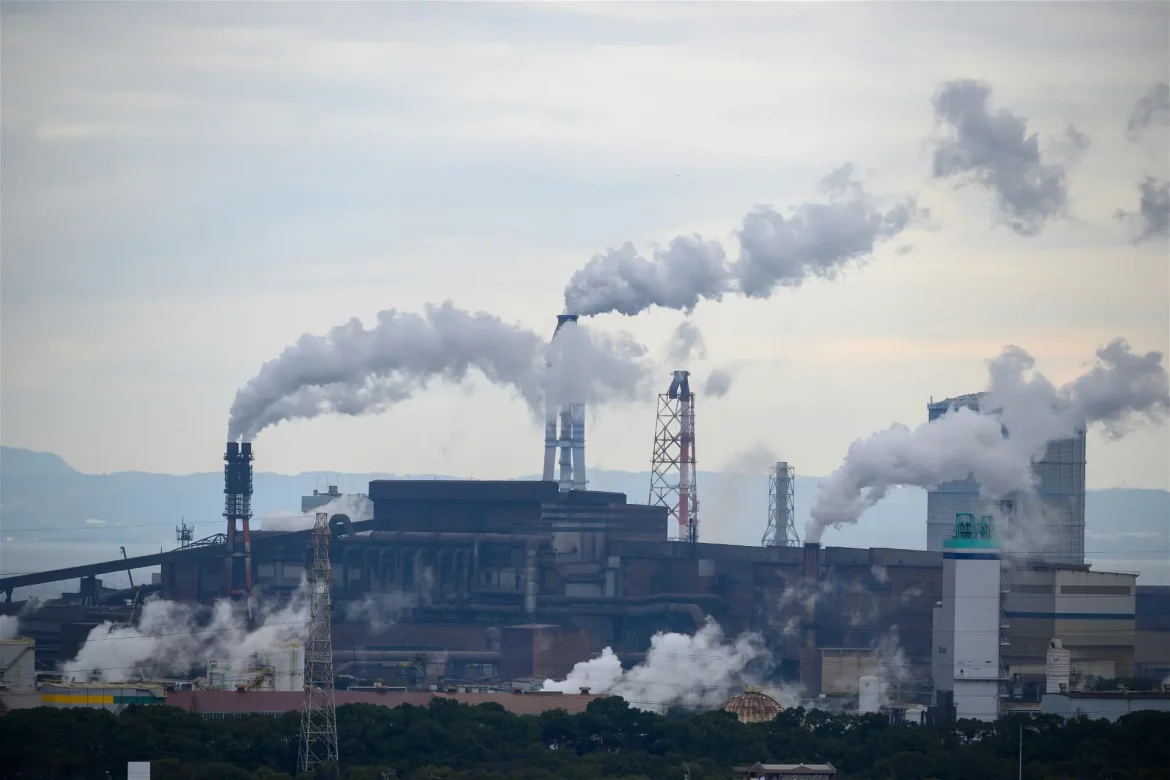Under new rules imposed on Monday, new coalmines, gas fields and other big sources of greenhouse gases in New South Wales will need to provide more rigorous plans to minimise pollution and reduce carbon emissions before they are approved.
Tony Chappel, the NSW EPA chief executive was quoted as saying that revised assessment requirements and guidelines from the Environment Protection Authority mark a “foundational” tightening of rules for firms planning new projects or modifying existing ones that emit at least 25,000 tonnes of carbon dioxide equivalent a year.
“It’s one step but it’s an important one,” Chappel said. “It brings the assessment of climate impacts front and centre into the planning process in a way that should be clear and transparent for the community and for industry.”
Developers’ environmental impact statements in the past had often been “using emission factors which have been found to be significantly inaccurate”, he said, adding that independent third-party verification will be needed “every step of the way”.
“We can’t regulate if we don’t have clarity of the data,” Chappel said. “We can’t have the data if the proponent isn’t doing the rigorous work on making that available.”
Read also: Climate activists arrested in Germany over airport protest
According to reports, firms will also have to demonstrate how they’ve “seriously and credibly worked through what pollution they can avoid, what they can mitigate, and what they can abate before they then look at offsets”, he said.
The energy minister, Penny Sharpe, said all economic sectors “will need to reduce emissions in order for NSW to reach our legislated emissions targets”.
“This statement definitively reverses the previous government’s position to ignore NSW’s 2030 emissions target in planning decisions,” Sharpe said.
Along with most other states and the commonwealth, NSW has set goals to cut carbon emissions to limit climate impacts. Its own data shows it is currently not on target.
The Minns Labor government is also expected to soon reveal plans to extend the life of Eraring, Australia’s biggest coal-fired power station. A report by the energy market operator this week is expected to warn of potential blackouts if the plant owner, Origin Energy, proceeds with the August 2025 scheduled closure.
The draft rules, which take effect on Monday ahead of an expected six-week consultation period, will be followed by industry emissions targets and then progressively imposed on all firms covered by EPA licences, Chappel said.
Story was adapted from the Guardian.
